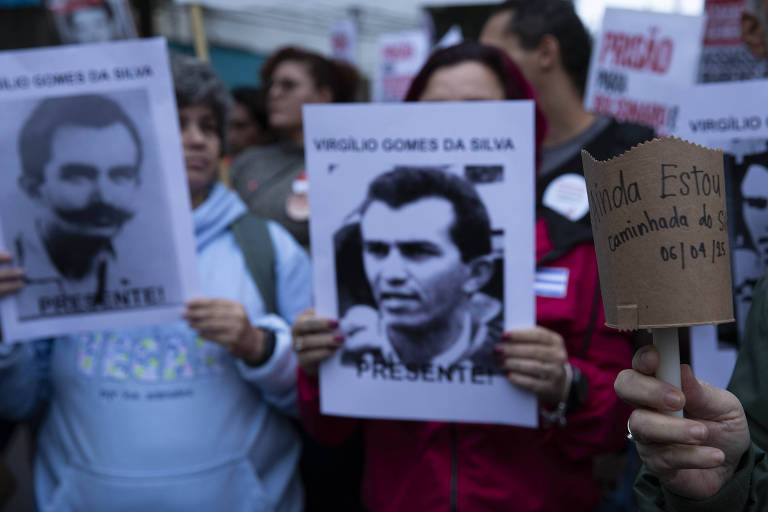Men, students, and residents of São Paulo and Rio de Janeiro were the majority of the officially identified victims of the military dictatorship, according to data from ObservaDH (National Observatory of Human Rights), an initiative of the Ministry of Human Rights and Citizenship.
The analysis is based on the CNV (National Truth Commission)’s count of 434 people victimized by the State from 1946 to 1988. Historians interviewed by Folha, however, point out that the real number of victims is likely much higher.
According to the survey, the most brutal period was from 1969 to 1978, after Institutional Act No. 5, when 351 dead or missing were recorded.
The study also points to deaths before the dictatorship, "showing that political persecution already existed," as well as in the final years. From 1979 to 1985, 20 victims were recorded, even amid negotiations for political opening.
The data show that 82.5% of the dead and missing were affiliated with political organizations. Those affiliated with parties made up 37.3% of the sample, and those affiliated with unions, 4.1%.
A large portion (140) were students, followed by industrial workers (57) and rural workers (30). Journalists and teachers appear in fourth place (28 each).
The average age of the victims was 32.8 years. Most, 77.4%, were between 18 and 44 years old. The survey also indicates five victims aged 12 to 17, as well as one child under one year old killed by the regime.
The greatest concentration was in capital cities (62.7%), mainly in São Paulo and Rio de Janeiro, which accounted for 47.2% of the deaths.
